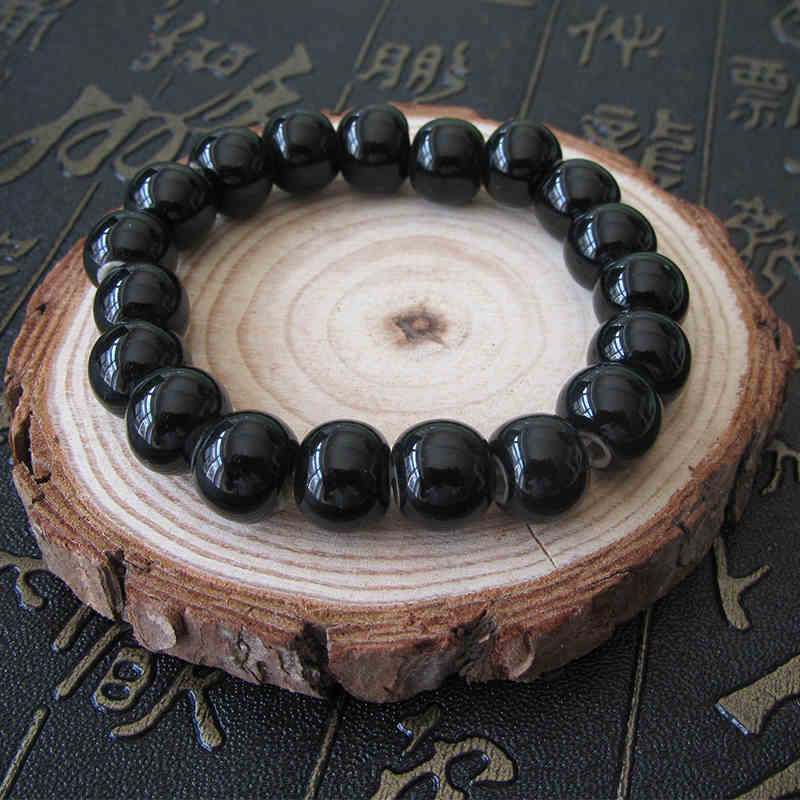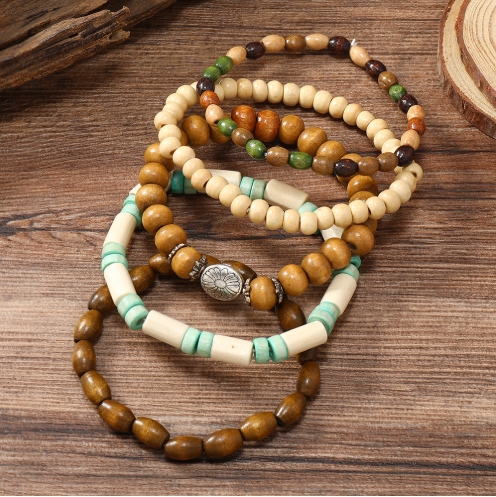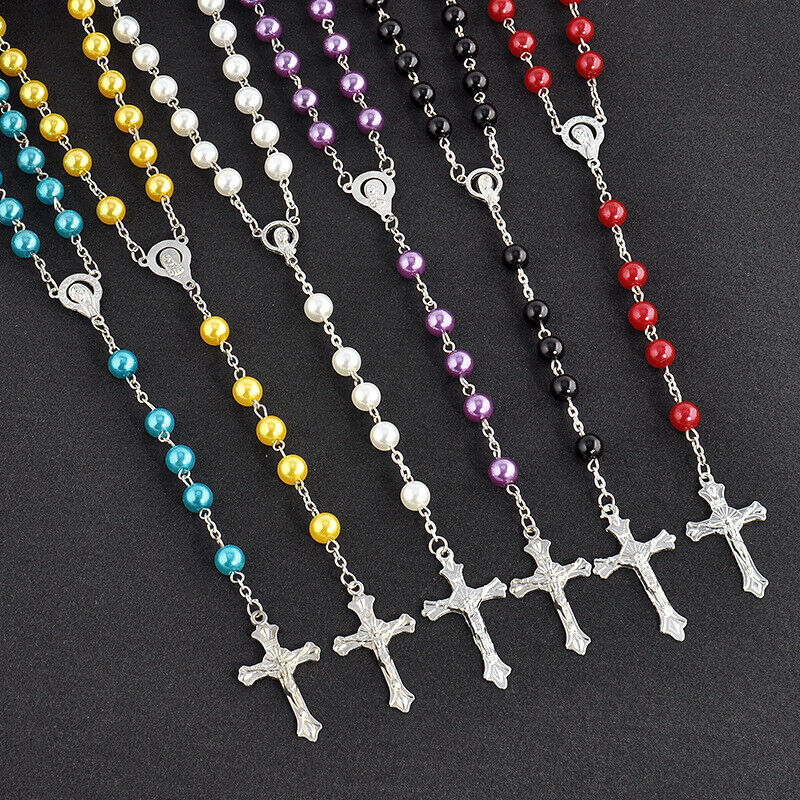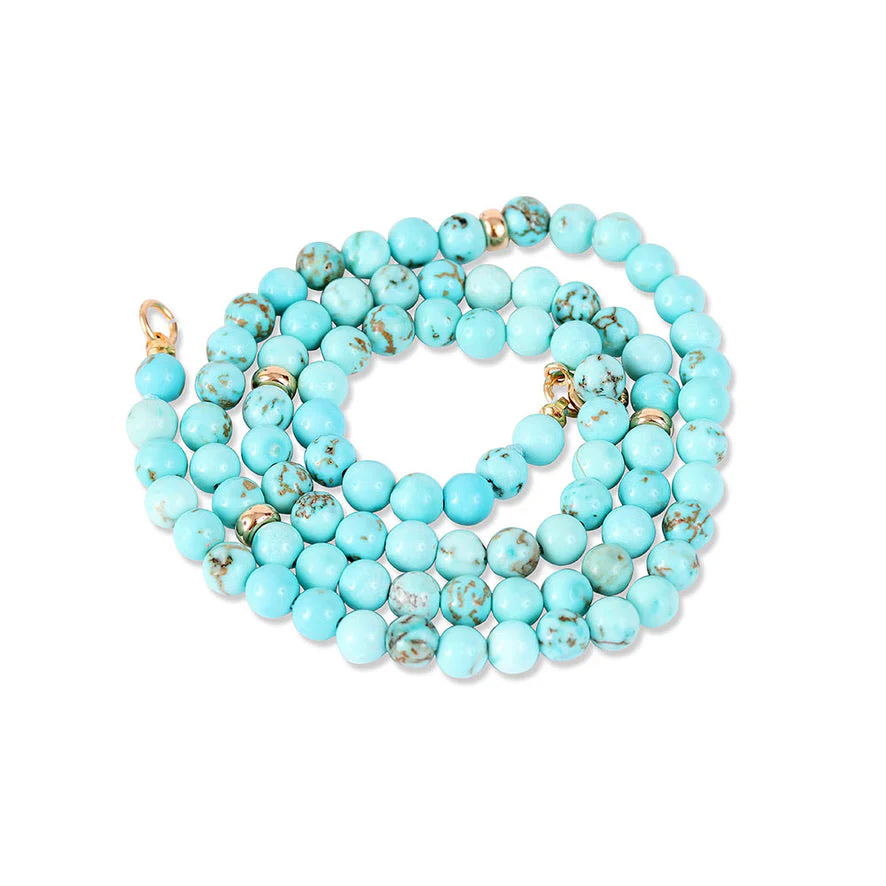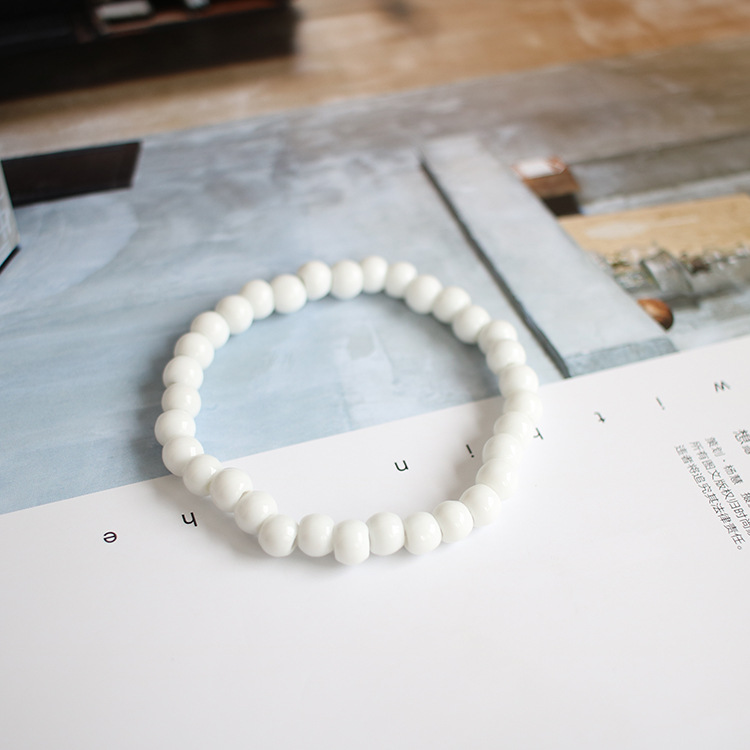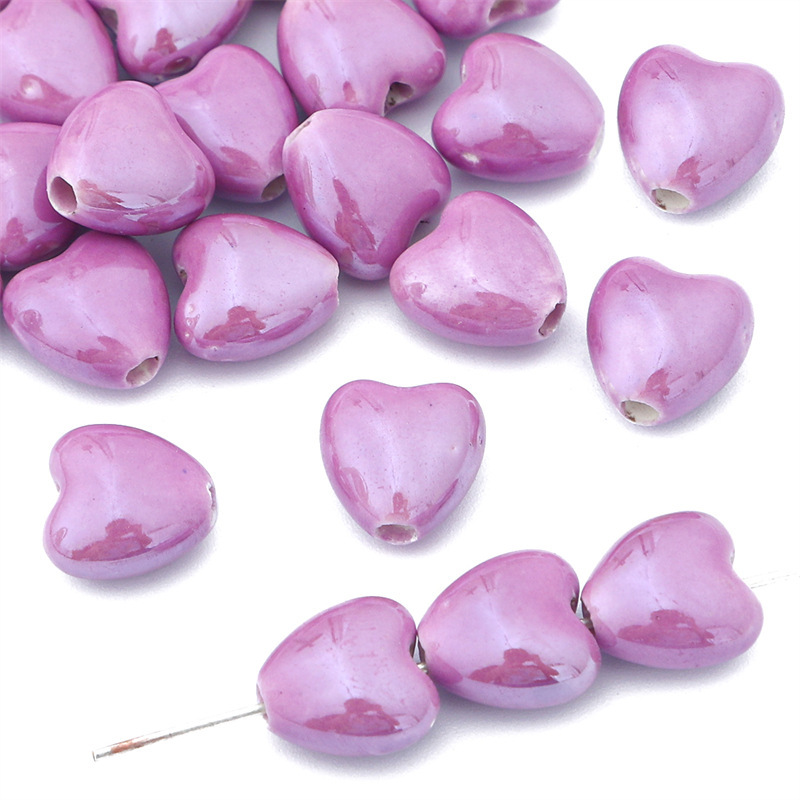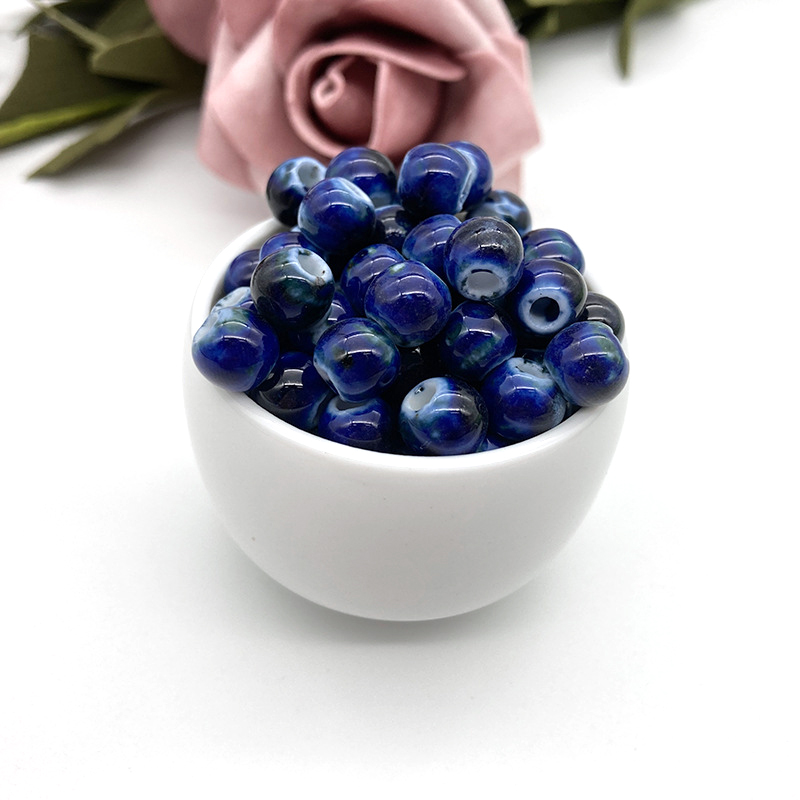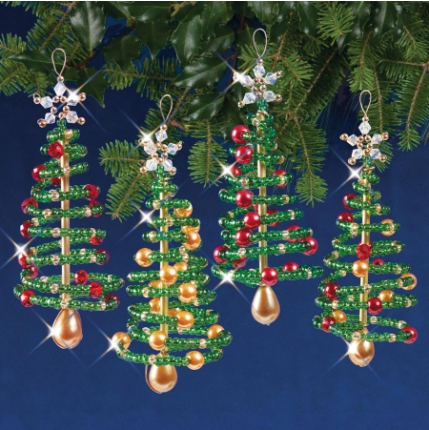When creating bracelet bead designs at home, experimenting with various techniques can significantly enhance the complexity and appeal of your pieces. By exploring different methods, patterns, and sources of inspiration, you can craft unique and stunning bracelets.
Techniques
Experimenting with techniques such as wire wrapping, knotting, weaving, or braiding allows you to manipulate materials to create diverse structures and designs. Each method can offer different levels of difficulty, catering to both beginners and experienced crafters. For instance, while simple knotting can produce elegant bracelets, more complex weaving can result in intricate designs.
Patterns
Incorporating different patterns, such as symmetrical, asymmetrical, random, or repeating, can add rhythm and flow to your designs. Patterns can also carry specific meanings, such as geometric shapes or floral motifs, which can provide a deeper layer of significance to your jewelry. For example, traditional Zulu beadwork often features geometric designs like triangles and diamonds, which hold symbolic meanings relating to gender and social relationships.
Sources of Inspiration
Drawing inspiration from various sources, such as books, magazines, websites, blogs, videos, tutorials, or online classes, can help you learn new skills and ideas. Following instructions from experts or other beaders can be invaluable, but don’t hesitate to use your own imagination and creativity to design original pieces.
Bohemian Style Elements
Integrating Bohemian style elements into your bracelet designs can result in playful and dynamic jewelry. Consider adding small charms that hold personal significance or represent elements of Bohemian culture, such as feathers or dreamcatchers. Attach these charms strategically throughout the bracelet for a whimsical touch.
Tassel and Fringe Details
Incorporate tassels or fringe elements to create a playful and dynamic appearance. By experimenting with different lengths and colors, you can achieve a visually striking effect.
Playful Patterns and Combinations
Embrace the eclectic nature of Boho style by mixing beads of various sizes and shapes. Creating a “random” pattern that feels spontaneous and carefree can add a unique charm to your pieces. Additionally, Bohemian style encourages layering and stacking, so don’t be afraid to wear multiple beaded bracelets together. Combining different patterns and textures can help you achieve a boho-chic, effortlessly layered look.
Mastering the Basics
Mastering the use of basic tools is crucial for creating professional-quality jewelry. By pairing basic tools with high-quality materials and incorporating thoughtful, well-planned designs, you can produce pieces that stand out for their artistry and attention to detail. Spending time on the finishing touches, such as smoothing edges and polishing surfaces, can give your jewelry a professional shine.
Material Selection
The choice of materials can greatly influence the difficulty and cost of your project. Craft stores offer a wide variety of options, from wires and strings to beads in every shape and size. Planning your project in advance can help eliminate uncertainty and ensure a successful outcome that meets your expectations.
